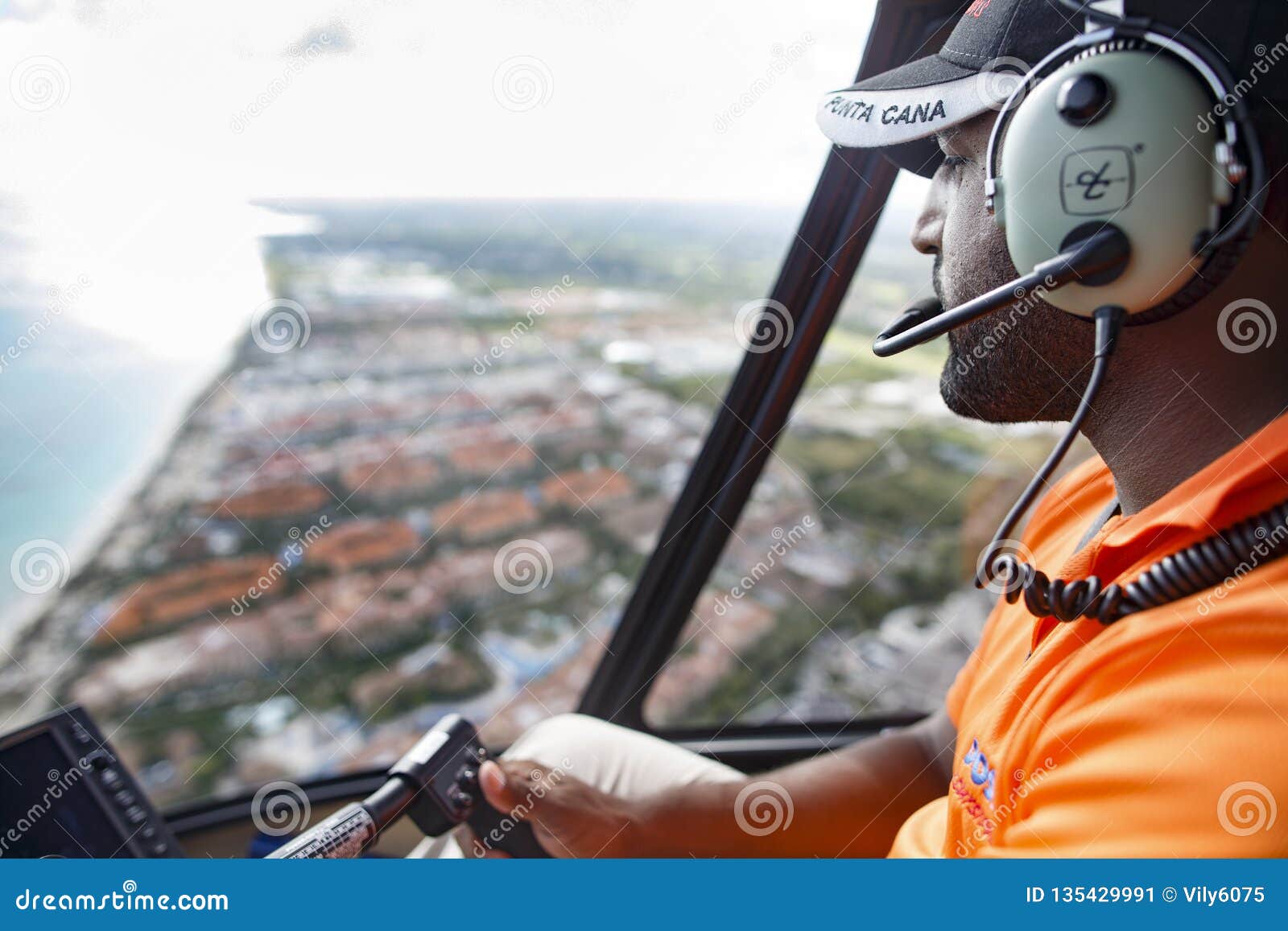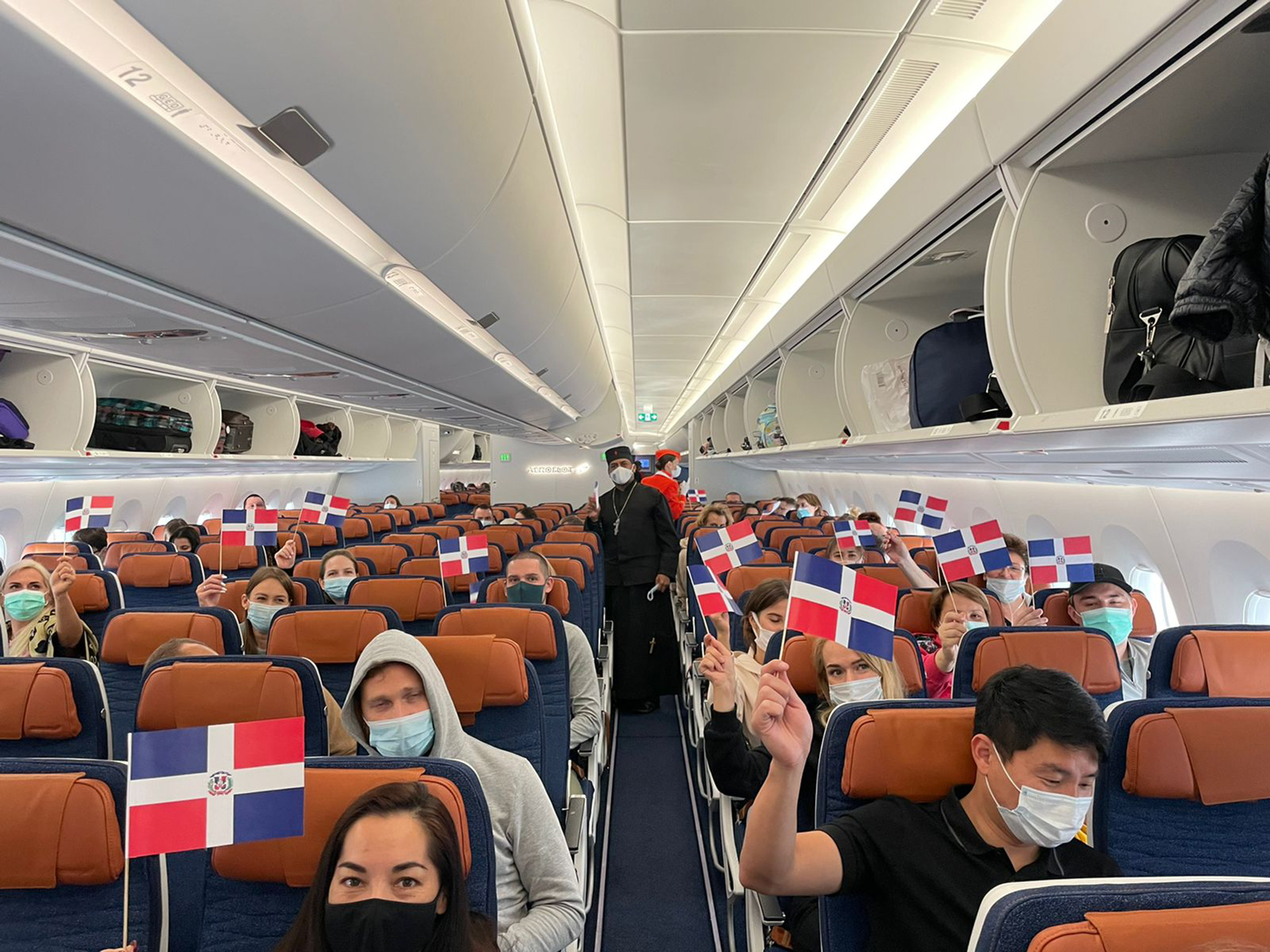Dominican Republic Flight Death: The Tragic Truths Unveiled
When you hear about Dominican Republic flight death, it’s not just numbers or headlines—it’s a story that shakes the foundation of aviation safety. In recent years, the Dominican Republic has become a hotspot for tourists, drawing millions with its pristine beaches and vibrant culture. But behind the allure lies a darker reality that has shaken passengers worldwide. Today, we're diving deep into the facts, controversies, and safety measures surrounding this heartbreaking issue.
Imagine sitting on a plane, excited for your dream vacation, only to hear about incidents that could turn that excitement into fear. It's not just about the numbers; it's about understanding why these tragedies happen and how we can prevent them. Let’s take a closer look at what’s really going on in the skies above this beautiful island nation.
Before we dive in, I want to make it clear: this article is here to inform, not to scare. Our goal is to shed light on the situation, provide actionable insights, and help you make smarter travel decisions. So buckle up, because we’re about to uncover some truths you might not have heard before.
- Sammy Sosa Now The Story Of A Baseball Legend Who Changed The Game Forever
- Keanu Reeves Dad The Untold Story Behind The Iconic Actors Family Roots
What You Need to Know About Dominican Republic Flight Death
First things first, let’s break down the basics. When we talk about Dominican Republic flight death, we’re referring to incidents where air travel in or around the Dominican Republic has resulted in fatalities. Now, this doesn’t mean the Dominican Republic is unsafe—it just means there are factors at play that need our attention.
Here’s the deal: the Dominican Republic is a major hub for international flights, with millions of tourists flocking to its shores every year. But with increased traffic comes increased risks. From mechanical failures to human error, there are a lot of moving parts that can go wrong. Let’s take a look at some of the key factors:
- Aging aircraft fleets
- Poor maintenance practices
- Weather conditions unique to the region
- Regulatory gaps in oversight
These factors combined create a perfect storm that can lead to tragic outcomes. But don’t worry—we’ll dive deeper into each of these later and explore how they impact safety.
Historical Incidents: A Look Back
History has a way of repeating itself if we don’t learn from it. Over the years, there have been several notable incidents involving flights in the Dominican Republic. Let’s take a quick trip down memory lane:
Incident 1: The 2001 Flashpoint
One of the most infamous incidents happened back in 2001 when a Boeing 757 crashed shortly after takeoff from Punta Cana. The plane was bound for New York, but due to engine failure, it tragically went down, claiming the lives of all 189 passengers and crew on board. Investigations later revealed that poor maintenance was a major contributing factor.
Incident 2: The 2018 Mystery
Fast forward to 2018, and we see another incident that left the world puzzled. A small charter plane carrying six passengers disappeared over the Atlantic Ocean. Despite extensive search efforts, no wreckage was ever found. Theories ranged from mechanical failure to adverse weather conditions, but the truth remains elusive to this day.
These incidents highlight the need for better oversight and stricter regulations. But before we move on, let’s address the elephant in the room: why do these things keep happening?
Why Are Flights in the Dominican Republic Risky?
Now, here’s where things get interesting. The Dominican Republic is a country with a lot going for it—beautiful landscapes, friendly locals, and a booming tourism industry. But when it comes to aviation, there are some underlying issues that need addressing:
- Outdated Aircraft: Many airlines operating in the Dominican Republic use older planes that may not meet modern safety standards.
- Maintenance Challenges: With limited resources, some carriers struggle to keep their fleets in top condition.
- Weather Hazards: The Caribbean is no stranger to hurricanes and tropical storms, which can pose significant risks to air travel.
- Regulatory Gaps: While the Dominican Republic has made strides in improving aviation safety, there’s still room for growth in terms of enforcement and oversight.
It’s important to note that not all flights in the Dominican Republic are inherently dangerous. Many reputable carriers operate safely and efficiently. But as consumers, it’s our responsibility to be informed and make smart choices.
What Are the Authorities Doing About It?
Thankfully, the authorities haven’t been sitting idle. In recent years, there have been several initiatives aimed at improving aviation safety in the Dominican Republic:
Strengthening Regulations
The Dominican Civil Aviation Institute (IDAC) has been working tirelessly to update its safety protocols. They’ve implemented stricter guidelines for aircraft maintenance, pilot training, and emergency preparedness. While progress is slow, it’s definitely moving in the right direction.
Enhancing Infrastructure
Investments in airport infrastructure have also been a priority. Upgrades to runways, navigation systems, and terminal facilities are helping to create a safer environment for both passengers and crew.
But let’s be real—change takes time. And in the meantime, it’s up to us as travelers to stay informed and take precautions.
How to Stay Safe When Flying to the Dominican Republic
So, what can you do to protect yourself when traveling to the Dominican Republic? Here are a few tips to keep in mind:
- Choose Reputable Airlines: Stick with well-known carriers that have a proven track record of safety.
- Check Maintenance Records: Do your research on the airline’s fleet and maintenance practices.
- Stay Updated on Weather: Keep an eye on weather conditions and be prepared to adjust your plans if necessary.
- Know Your Rights: Familiarize yourself with passenger rights and what to do in case of an emergency.
By taking these steps, you can significantly reduce your risk and enjoy a worry-free trip to this stunning destination.
Common Misconceptions About Dominican Republic Flight Safety
Let’s clear up a few myths about flying in the Dominican Republic:
- Myth 1: All flights in the Dominican Republic are dangerous. Fact: While there have been incidents, the majority of flights operate safely.
- Myth 2: Weather is the main cause of accidents. Fact: While weather can be a factor, human error and mechanical issues are often the primary culprits.
- Myth 3: Nothing can be done to improve safety. Fact: Authorities and airlines are actively working to enhance safety standards.
Knowledge is power, and by separating fact from fiction, we can make better decisions as travelers.
The Role of Technology in Improving Safety
Technology is playing a crucial role in enhancing aviation safety in the Dominican Republic. From advanced navigation systems to real-time weather tracking, these innovations are helping pilots and ground staff stay one step ahead of potential hazards.
Advancements in Aircraft Design
Modern aircraft are designed with safety in mind. Features like automated systems and fail-safes help minimize the risk of human error. And with ongoing advancements in materials and engineering, planes are becoming more durable and reliable than ever before.
Data-Driven Decision Making
Thanks to big data, airlines can now analyze vast amounts of information to identify trends and potential risks. This allows them to take proactive measures and prevent incidents before they occur.
While technology isn’t a silver bullet, it’s certainly helping to pave the way for a safer future in aviation.
Conclusion: What You Can Do
As we wrap up our discussion on Dominican Republic flight death, it’s important to remember that knowledge is your best defense. By staying informed, choosing reputable carriers, and taking necessary precautions, you can enjoy a safe and memorable trip to this incredible destination.
I urge you to share this article with friends and family who may be planning a trip to the Dominican Republic. Together, we can help spread awareness and promote safer travel practices. And don’t forget to check out our other articles for more tips and insights on travel safety.
Until next time, stay safe and keep exploring!
Table of Contents
- What You Need to Know About Dominican Republic Flight Death
- Historical Incidents: A Look Back
- Why Are Flights in the Dominican Republic Risky?
- What Are the Authorities Doing About It?
- How to Stay Safe When Flying to the Dominican Republic
- Common Misconceptions About Dominican Republic Flight Safety
- The Role of Technology in Improving Safety
- Conclusion: What You Can Do



Detail Author:
- Name : Miss Rosa Halvorson II
- Username : brown.scarlett
- Email : jared82@halvorson.biz
- Birthdate : 1991-01-28
- Address : 45036 Arjun Fords Apt. 057 Vedafurt, MN 85224
- Phone : +1-973-920-7223
- Company : Torp, Kohler and Sanford
- Job : Stone Cutter
- Bio : Repellat rerum cumque dolorem delectus odio voluptatem et enim. In ipsum quis et dicta. Neque enim est est cumque aut vitae.
Socials
instagram:
- url : https://instagram.com/micah_mcclure
- username : micah_mcclure
- bio : Delectus rem dolores dolore fugiat sequi. Ipsam ipsa enim ea. At harum quia et ut sint.
- followers : 2358
- following : 1172
facebook:
- url : https://facebook.com/mcclure1974
- username : mcclure1974
- bio : Explicabo assumenda laboriosam consequatur incidunt omnis ratione.
- followers : 5970
- following : 1695
linkedin:
- url : https://linkedin.com/in/mcclurem
- username : mcclurem
- bio : Quia mollitia harum non.
- followers : 1770
- following : 180
twitter:
- url : https://twitter.com/micah_mcclure
- username : micah_mcclure
- bio : Quibusdam error deleniti perspiciatis at. Nulla odio velit nihil dolorum. Eos error qui et ut tempore officiis quis et.
- followers : 6804
- following : 373